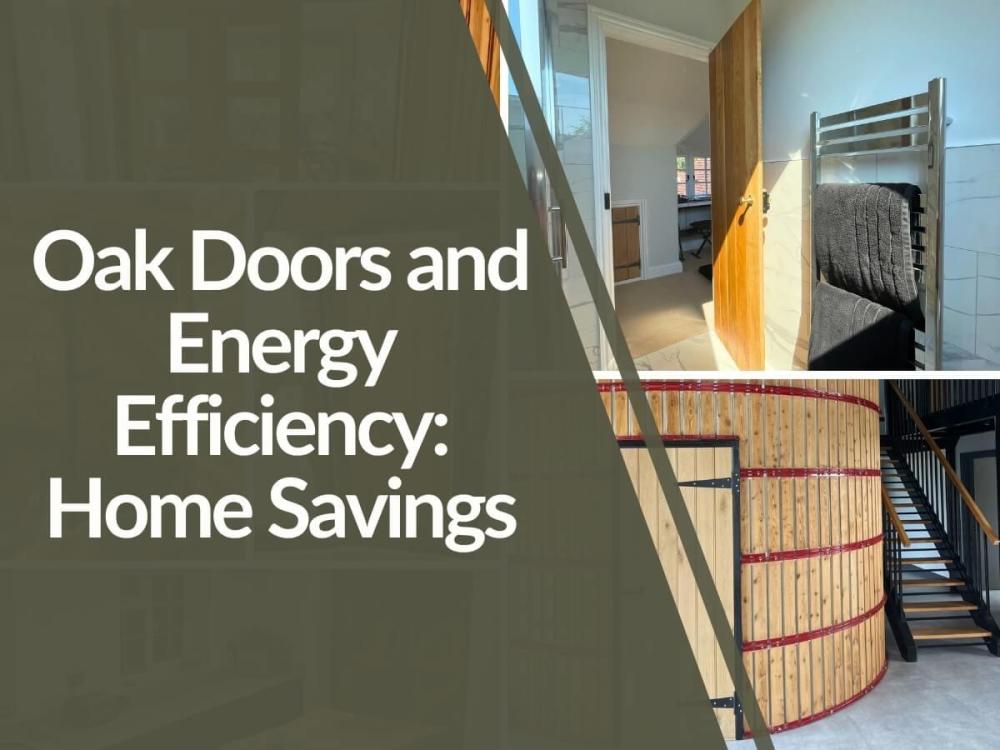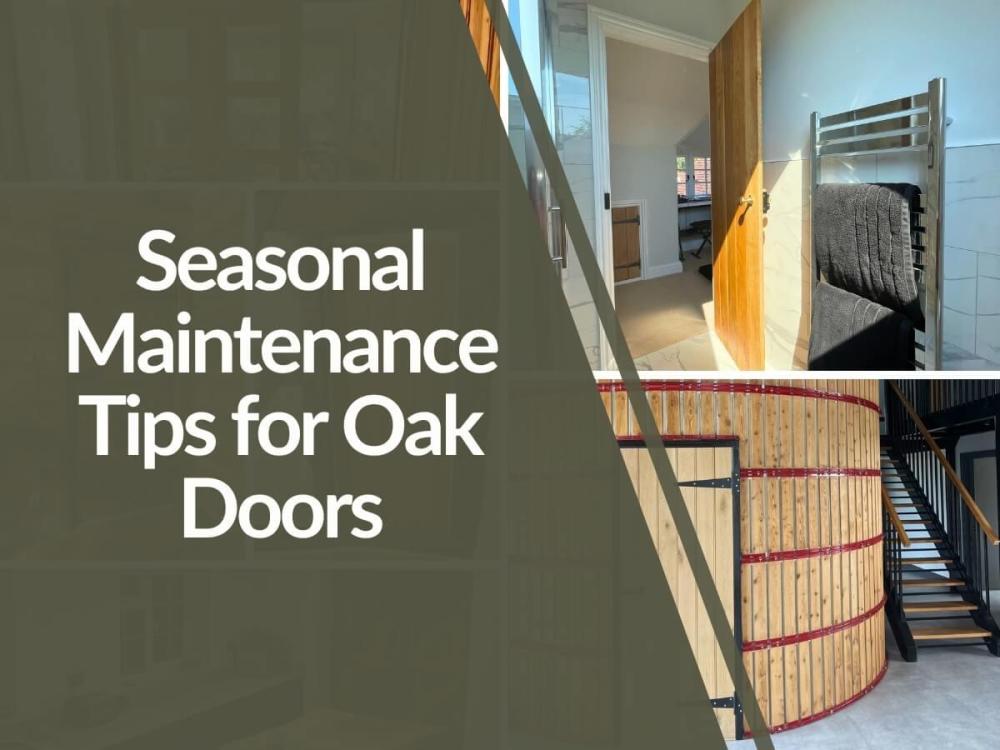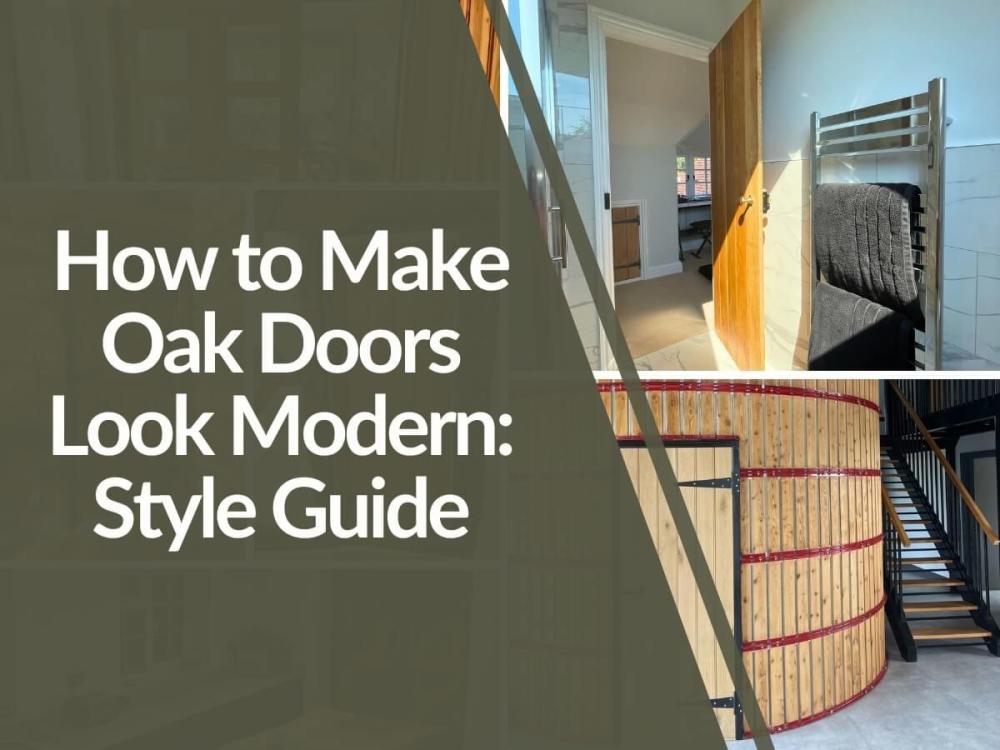Why do Victorian Doors Remain Popular in Heritage Homes?
Key Takeaways from Article
| Key Takeaways | Description |
| Historical Significance | Victorian doors are a symbol of the era's grandeur, reflecting the social status and wealth of the occupants. |
| Customization Possibilities | Modern craftsmanship allows for the restoration and reproduction of Victorian doors to fit contemporary homes. |
| Value Addition | Authentic or well-crafted Victorian doors can significantly increase a property’s market value. |
| Technological Adaptation | Victorian doors are being fitted with modern technology to enhance security and convenience while preserving aesthetic integrity. |
| Preservation and Future Trends | Preservation efforts and trends indicate that Victorian doors will continue to be an important feature in heritage homes. |
| FAQs & Common Concerns | Victorian doors can increase the value of a property due to their historical significance. |
The Enduring Appeal of Victorian Doors
The Victorian era, named after Queen Victoria's reign from 1837 to 1901, was a time of rapid economic growth, artistic innovation, and considerable developments in architecture. At the heart of Victorian architecture are the iconic doors that graced the facades of the period's homes. More than just entryways, these doors were a statement of style, wealth, and technological advancement.
The Historical Significance
Victorian doors are not merely relics; they are the storytellers of a bygone era's grandeur. The front door in the Victorian era was a clear indication of the social status and wealth of the occupants. A Victorian door had to impart the right impression to those approaching the home, and equally to those merely passing by. It was a time when appearances could make or break social standing, and the front door served as the face of the family's societal image.
Architectural Diversity and Design Evolution
The Victorian era saw a variety of elaborate home styles including Gothic Revival, Italianate, Romanesque, Queen Anne, Second Empire, and Eastlake. Each style contributed to the unique features of Victorian homes, creating a rich tapestry of design elements that were often incorporated into the doors themselves. These doors complemented the grandiose interiors characterised by high ceilings and spacious reception rooms, as seen in many heritage homes today.
Craftsmanship and Quality
The craftsmanship of Victorian doors was unparalleled, with the industrial revolution playing a pivotal role. The late 18th and early 19th centuries brought about mass-produced building materials, allowing for the wider distribution and affordability of previously costly design elements. These advancements meant that high-quality, intricately designed doors could adorn homes across the socioeconomic spectrum.
Aesthetic and Timelessness
Victorian doors have an aesthetic that is both elegant and timeless. Their design, characterised by intricate woodwork, glass panelling, and ornate metalwork, still captures the imagination and admiration of homeowners and visitors alike. They continue to be a status symbol, adding curb appeal and retaining value for properties that feature them.
Key Features of Victorian Doors
| Feature | Description | Impact |
| Design | Intricate woodwork, often with glass panels | Aesthetic appeal |
| Materials | Durable woods like oak, often with metal accents | Longevity and strength |
| Craftsmanship | High-quality construction, detail-oriented | Adds to the property's value |
| Symbolism | Represented wealth and status of the occupants | Social significance |
Victorian doors are more than just an architectural element; they are a testament to a period of history where design and detail were paramount. They continue to be sought after for their beauty and the way they evoke a sense of nostalgia, a doorway not just to a home, but to an era that has left an indelible mark on our architectural landscape.
Victorian Doors in Modern-Day Heritage Homes
Victorian doors have transcended their era to become a cherished element in modern-day heritage homes. They serve as a bridge between the past and the present, offering a tangible connection to history while accommodating contemporary living standards.
Preserving History in Contemporary Settings
Owners of Victorian homes are often seen as guardians of historical artefacts, with their doors serving as a grand entrance to the past. The presence of an original or faithfully restored Victorian door is a commitment to preserving the architectural integrity of heritage homes. These doors maintain the narrative of historical continuity, allowing modern-day occupants to step into the world of their predecessors each time they cross the threshold. Modern homes now utilise contemporary doors that have the classic Victorian style to add an eccentric vibe to the homes.
The Craft Revival and Customisation
The revival of craftsmanship has seen modern artisans blend traditional techniques with new innovations to restore or recreate Victorian doors. This marriage of old and new allows for the customisation of doors to suit the specific requirements of heritage homes, respecting their historical context while meeting the needs of today’s homeowners. Customisation extends from size and design to the inclusion of modern materials that complement the door’s classic aesthetics.
Influence on Property Value and Appeal
Victorian doors can significantly influence the market value and appeal of heritage homes. Their historical and aesthetic significance can be a decisive factor for prospective buyers who value authenticity and character in a property. Real estate case studies have demonstrated that the presence of an authentic or well-crafted Victorian door can add a premium to a property's market price.
Maintenance and Sustainability
Maintaining the integrity of Victorian doors in the modern age presents its challenges. These may include weathering, wear, and the need for materials that are no longer readily available. However, sustainable practices in restoration, such as using reclaimed wood and eco-friendly finishes, can ensure that these doors continue to grace heritage homes for years to come. The sustainability of maintaining such doors also contributes to the overall environmental ethos of preserving rather than replacing historical features.
The Future of Victorian Doors in Heritage Homes
The Victorian door, an emblematic feature of heritage homes, is set to continue its legacy well into the future. Its adaptability and timeless design ensure that it will remain a beloved component of historic properties, even as those properties are updated to fit modern lifestyles.
Integration with Modern Home Technology
As smart homes become the norm, Victorian doors are being adapted to incorporate modern security and convenience features without compromising their historical integrity. This integration is often a delicate balance between preserving the door's aesthetic and enhancing its functionality to meet contemporary standards. Heritage homeowners are finding innovative ways to embed technology such as smart locks and security cameras into these classic designs.
Adapting Victorian Doors to Modern Technology
| Feature | Description | Benefit |
| Smart Locks | Keyless entry systems installed discreetly | Enhanced security without altering the door's appearance |
| Insulation | Modern weather-stripping to improve energy efficiency | Comfort and sustainability while maintaining the door's original look |
| Reinforcement | Internal structural support for added durability | Longevity and resistance to wear without visible changes |
Educational and Cultural Significance
Victorian doors are more than mere entryways; they are educational tools that offer insights into the architectural history and social customs of the Victorian era. Their preservation and restoration is often a subject of interest in cultural heritage discussions, underlining the need to maintain these historical artefacts for future generations.
Forecasting Trends and Adaptations
Trends in heritage home conservation suggest that Victorian doors will continue to be restored and reproduced with reverence to their original form, even as they are adapted to fit new building standards and homeowner preferences. Innovations in materials and construction methods will likely allow for even more precise restorations and reproductions in the future.
Conclusion: The Legacy of Victorian Doors
The Victorian door stands as a testament to the era's architectural ingenuity and the lasting appeal of its design principles. As we look to the future, it is clear that the legacy of Victorian doors will endure, cherished for their beauty, craftsmanship, and symbolic connection to a bygone age.
Victorian doors have withstood the test of time not merely as functional elements of a home but as integral pieces of a historical narrative. They are a reminder of the past's splendour and a promise of its preservation, blending seamlessly into the fabric of modern heritage homes. Their continued popularity underscores a collective desire to honour and retain our architectural heritage, ensuring that the story of the Victorian era's grand domestic architecture continues to be told through each panel and pane of glass.
For those interested in enhancing their home with the timeless elegance of Victorian design, exploring options like Victorian-style doors and traditional door hardware can be the first step in preserving this rich historical legacy.
FAQs
Why are Victorian doors significant in heritage homes?
Victorian doors are significant because they represent the historical and architectural grandeur of the Victorian era, symbolising the wealth and status of the inhabitants. They also add aesthetic value and authenticity to heritage homes.
Can Victorian doors be customised to fit modern homes?
Yes, Victorian doors can be customised with modern craftsmanship techniques to fit the specific requirements of modern homes while preserving their historical charm.
Do Victorian doors increase the value of a property?
Victorian doors can increase the value of a property due to their historical significance, unique craftsmanship, and aesthetic appeal, making them attractive to prospective homebuyers.
How are Victorian doors adapted to modern home technology?
Victorian doors can be adapted to modern home technology with discrete installations of smart locks, insulation, and structural reinforcements, enhancing their functionality while maintaining their historical look.
What is the future of Victorian doors in the context of heritage homes?
The future of Victorian doors in heritage homes looks promising, with trends showing a continued appreciation for their design and efforts to integrate them with modern building standards and technology.









